
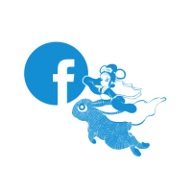
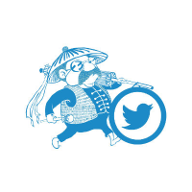
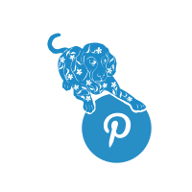
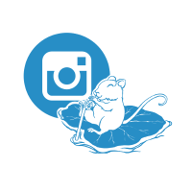
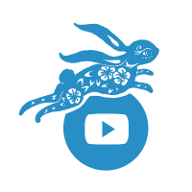
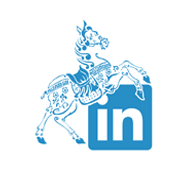
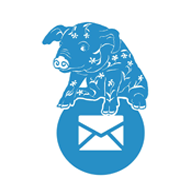
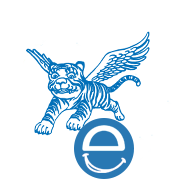
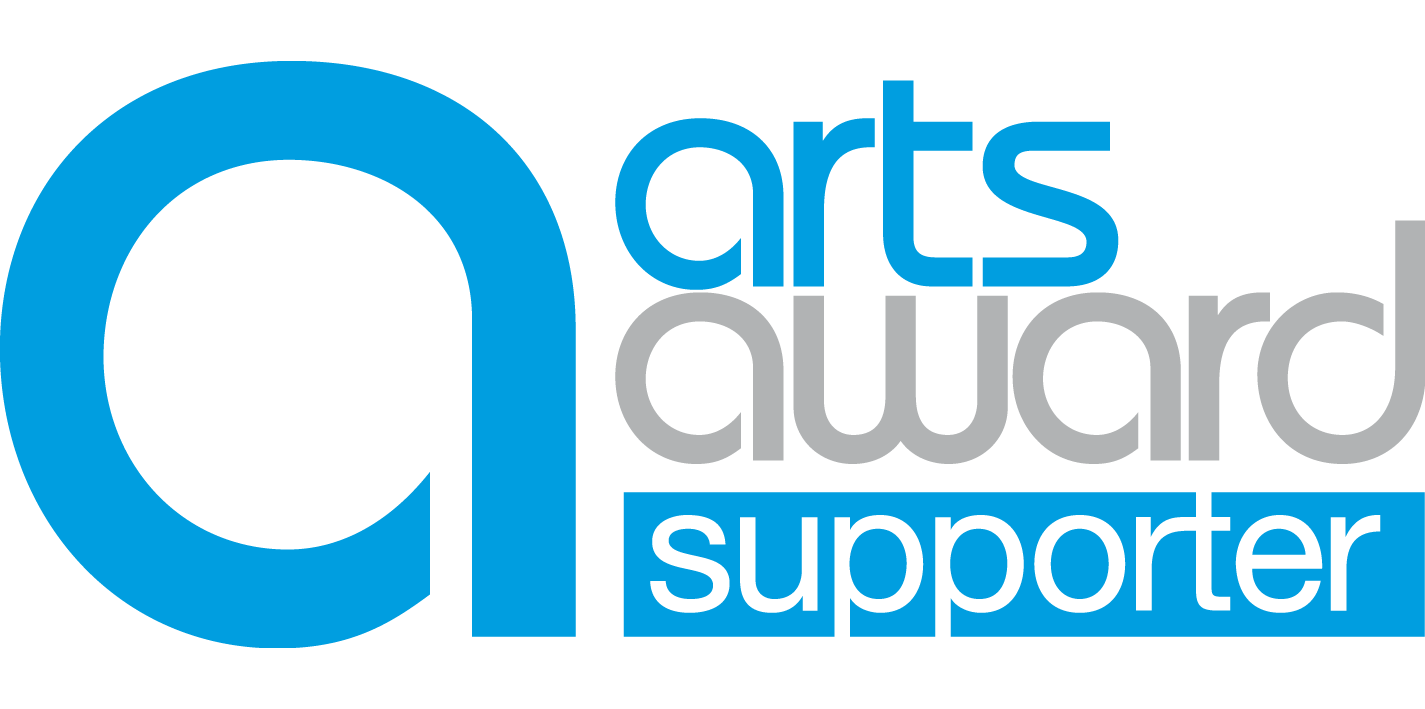
28 November 2016 by Suyen Hu
Everyone has heard of Chinese New Year celebrations! They are busy and noisy with drums and firecrackers, and there are red banners, red lanterns and red costumes and paper dragons. Why are these ceremonies always so red and noisy? There is a popular ancient legend telling us all about the traditional customs around Chinese New Year.
Like Santa Clause for Christmas, there is also a very important character for Chinese New Year. However, there is something different between them. Before Christmas Eve children are so excited and looking forward to seeing what they will get from the kind Grandpa Santa who has a clear image in everyone’s heart! But, the situation is opposite for Chinese New Year’s Eve. People prepare good food and have dinner on New Year’s Eve and then they stay up all night to set off firecrackers, without any expectation to receive any gift that night. Why?
The ancient legend says there is a monster called Nian who always comes down from the mountains to find food at Chinese New Year as he is very hungry after a long winter sleep in the mountains. Has anyone alive ever seen Nian? Possibly not, or they would have been eaten by the hungry monster and wouldn’t be able to describe what he is like! Therefore, it is such a big challenge for our artist to draw the image of Nian with the very limited information left by our ancestors.
It takes the artist one year and half to make the 16 full page illustrations for the story book The New Year Beast. As members of the Snowflake Books team, we ask our artists to make every drawing as authentic and true to the legends or history as possible because we want to restore our culture for Chinese people too while introducing Chinese culture to Westerners who don’t know much about old China.
But the image of the New Year Beast exists only in people’s imaginations over long periods; the few details obtained from old records are not enough for the artist to draw the legendary character. He is said to have big claws, and a horn on his head, but we don’t know his shape. So, we finally agree the artist should add his own ideas to create his own beast with the little information.
From the first stage, the artist makes many versions of the beast; one looks like a gorilla, one looks like a shark, and one is like an owl, but none of them ‘look like’ the beast somehow.




And the artist is not satisfied about his own work either. Six months pass; more and more drafts are pinned on the wall, but still no further progress has been made. Then one day, the artist shows us a picture of his new image of the beast that is cute and somewhat familiar for me. ‘The face of the beast comes from your family dog Brown Sugar!’ Our family dog is famous among the neighbours for her fierce looks because her lower jaw projects beyond the upper. She was once the model for the cover image of our prize winning short story. And now this feature inspires the artist to draw the head of his scary New Year Beast!


But what about the body of the beast? Because the story is about New Year, we need to have some relevant elements to make people feel the atmosphere of Chinese New Year when they read the story! As people often see on Chinese dancing dragons and lions, the hair for the animals is curled in a very Chinese way, but what colour should the beast be. Legend says the beast hates red, so the beast would not be red, but if he was blue or green, then he would merge with the background in pictures of night scenes and no one would be able to see him clearly in the book!


The final version of the beast is designed with mainly brown colour and only a few red reflections on his body to show the colourful New Year feeling.
It takes another half year for the artist to make the pictures which have to connect directly with each stage of the story plot. Unlike the flow of animation, the artist has to work closely with the book designer to find the right static picture for each page and maintain what we call the visual flow so the pictures bring the story alive when readers turn the pages. At this stage we often change the text a bit too, and think again and again where to stop for each action and where to start for each new page.

How scary was the beast really? We may see the answer from the villagers’ facial expressions. Each face is different, but each character is recognizable from each page too. The movement is continuous so the great challenge here is how each character will look in the chaos. The visual flow, the colour tones, and the relationship between people and the beast show the emotion for each stage. When we feel the emotion doesn’t reflect the story, or that the visual impact is not strong enough to support the story, we ask the artist to improve the drawing, though actually there is no way to improve from the same picture, and the artist has to make a new picture each time as all the drawings are drawn by hand using traditional techniques and not on a computer.









At last we achieve the final design for the book with complete harmony between English text, Chinese text and the pictures for each page. The three elements are different ways to tell the same story, but they all work together on the same page to help readers understand the story better and to help people to absorb some Chinese words easily while reading. It must be both interesting and attractive. At this stage, we make sure the three elements do not disturb each other but support each other
to make a beautiful impression for each page.